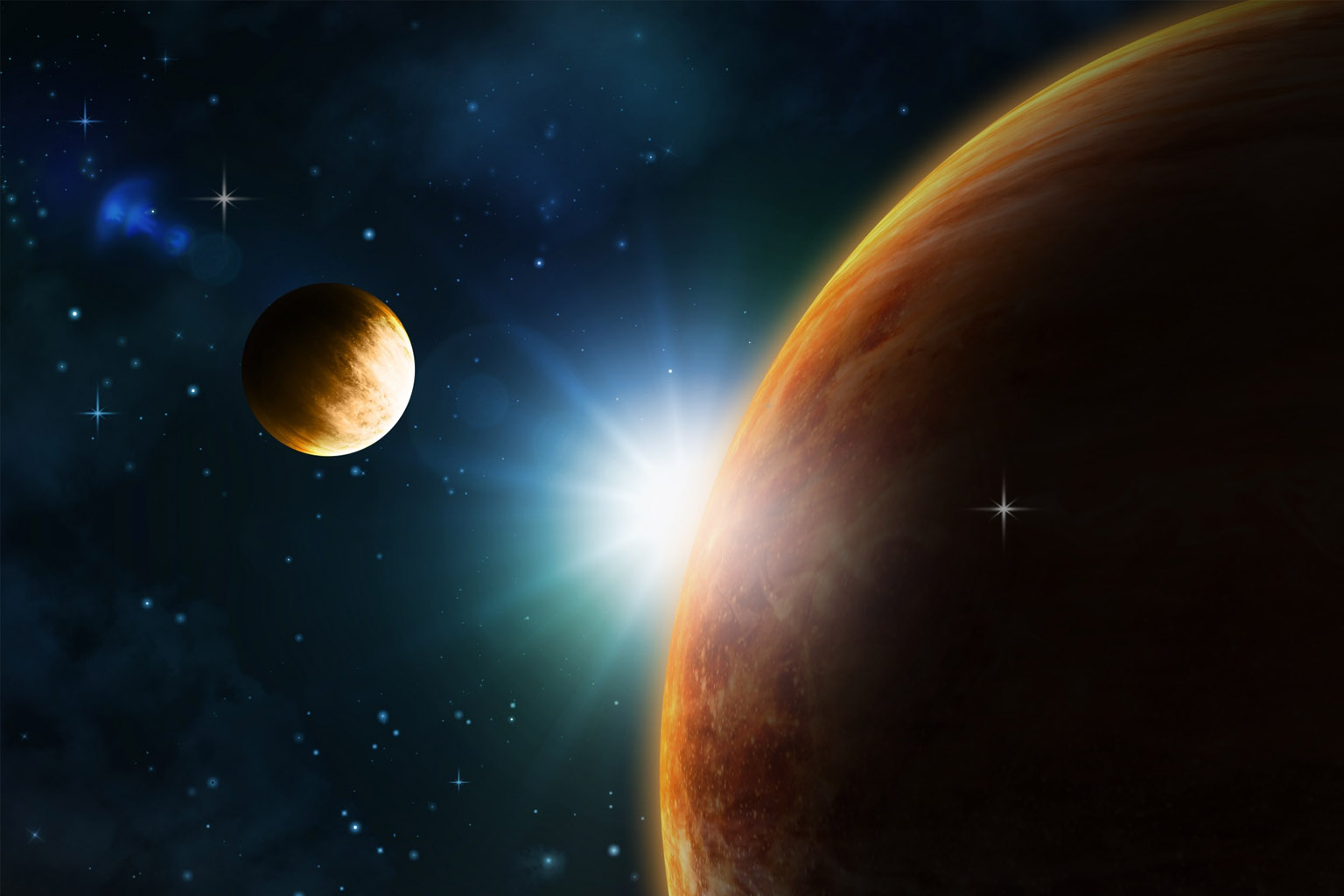Something extraordinary may have just happened in the search for life beyond Earth — the kind of discovery astronomers have been dreaming about since the James Webb Space Telescope first opened its golden eyes. New research suggests we may be seeing the first real hints of an atmosphere around a rocky world the size of our own. And if that atmosphere is confirmed, it could change everything about where we look for life next.
At just 40 light-years away, this small exoplanet is close enough to feel almost familiar. Yet what scientists uncovered makes it one of the most intriguing places in our cosmic neighborhood.
A breakthrough years in the making
Researchers at the University of St Andrews have identified early signs that TRAPPIST-1e — a rocky planet orbiting a cool red dwarf star — may possess a thin but significant atmosphere. Their findings, published in two papers in Astrophysical Journal Letters, mark a major step forward in understanding whether distant worlds can sustain conditions suitable for life.
TRAPPIST-1e sits comfortably in its star’s habitable zone, the region where liquid water could potentially exist. For years, astronomers viewed this planet as one of the most promising candidates for hosting an ocean, a global sheet of ice, or some combination of both. But none of those scenarios are possible without an atmosphere to regulate temperature, protect the surface, and allow water to exist in stable form.
That’s why this new research feels so momentous. The early data point toward several possible atmospheric setups — and although scientists can’t yet rule out a bare, airless rock, the existence of heavy gases like nitrogen is now on the table.
To me, it brought back a memory of staring through my first amateur telescope as a kid, convinced I could “sense” planets around distant stars even though I couldn’t see a thing. Hearing that we might finally be detecting the breath of an alien world makes that childhood wonder rush right back.
How James Webb captured the signals
The observations came from the JWST’s powerful NIRSpec instrument, which examines starlight as it filters through a planet’s potential atmosphere during a transit. In theory, the starlight picks up chemical fingerprints along the way, revealing the presence of gases that could hint at habitability.
But TRAPPIST-1, like many red dwarfs, is an active star. According to Dr. Ryan MacDonald, lead exoplanet researcher at St Andrews, the team quickly realized their 2023 data was “contaminated” by the star itself. Stellar activity distorted the signals so severely that teasing out the planet’s atmospheric signature became a massive challenge.
The team spent more than a year cleaning and correcting the data. Only then could they confidently focus on the faint, filtered light passing through whatever surrounds TRAPPIST-1e. Their findings indicate two possible interpretations : either the planet has a secondary atmosphere rich in nitrogen, or it is a barren rocky world with no atmosphere at all.
In scientific terms, both are still viable. But one scenario is clearly more exciting than the other.
Why nitrogen matters so much
On Earth, nitrogen is the backbone of our breathable air and plays a critical role in stabilizing temperatures. Detecting it elsewhere wouldn’t automatically mean life exists, but it would suggest conditions that aren’t wildly hostile — a huge advantage for habitability.
Scientists currently search for life by looking for its byproducts rather than life itself. They examine chemical compounds linked to metabolism, atmospheric imbalances, and gases that don’t appear without some kind of biological or geological process keeping them in circulation.
That’s what makes the potential presence of an atmosphere such a big deal. Without it, these clues would never accumulate in a detectable way.
TRAPPIST-1e has long been one of the most studied exoplanets because, in theory, it sits at a sweet spot : not too hot, not too cold, and small enough to be Earth-like. Now, thanks to JWST’s unprecedented sensitivity, astronomers may finally be seeing what they hoped was there all along.
What happens next
The research team is far from done. New JWST observations of TRAPPIST-1e are already underway, with many more to come. Each additional transit — each moment when the planet crosses its star — sharpens the picture of its atmospheric composition.
Over the next few years, the number of JWST observations of TRAPPIST-1e will grow from four to nearly twenty. That expanded dataset should help confirm whether the planet truly holds the signature gases scientists are hunting for.
Dr. MacDonald says this moment marks one of the most exciting eras in modern astronomy, because “we finally have the telescope and the tools” to actively search for habitable environments around other stars. For decades, this was purely theoretical. Now, it’s something researchers can measure, test, and debate using real data from worlds light-years away.
We may still be years away from the final answer, but the journey has never felt more thrilling. If this discovery sparks your curiosity too, share your thoughts — or pass this along to someone who loves wondering what might be waiting out there in the dark.

